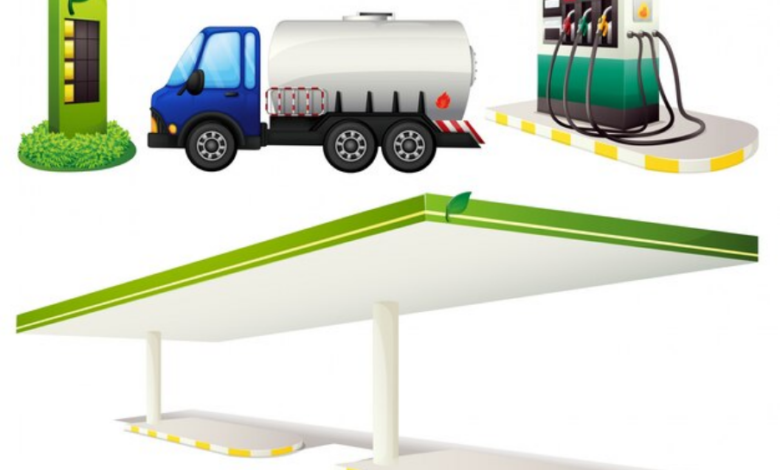Understanding The Different Types Of Petroleum Equipment

When it comes to the petroleum industry, various types of equipment play crucial roles to satisfy customers. Most importantly, petroleum equipment companies are instrumental in extracting, refining, and distributing petroleum resources. Each piece of equipment, from drilling rigs to storage tanks, serves a specific purpose in the complex petroleum production process.
This blog will delve into the different petroleum equipment types and their functions and importance. So let’s jump into the information!
1- Drilling Rigs – Unearthing The Liquid Gold
Drilling rigs are the backbone of petroleum exploration. These towering structures are responsible for drilling deep into the Earth’s crust to extract oil and gas reserves. From onshore to offshore rigs, the drilling process involves using powerful machinery and specialised tools to penetrate rock formations. It allows petroleum extraction from underground reservoirs.
2- Storage Tanks
Storage tanks are robust containers that hold large quantities of oil or gas. These tanks are typically made of steel and equipped with advanced safety features to prevent leaks or spills. Petroleum Equipment company specializes in manufacturing high-quality storage tanks that comply with stringent safety regulations to protect the environment and ensure the integrity of the stored resources.
3- Refining Equipment
Transforming Crude Oil Crude oil, in its natural state, cannot be directly used as fuel or for other purposes. Refining equipment is vital in converting crude oil into various useful products, such as gasoline, diesel, jet fuel, and lubricants. Distillation towers, catalytic crackers, and hydrotreaters are examples of equipment used in refining. The Petroleum Equipment company invests in advanced technologies to develop efficient, eco-friendly refining equipment. It helps the production of high-quality petroleum products.
4- Pipelines
Transporting the Lifeblood Pipelines is an essential component of the petroleum industry, acting as arteries transporting oil and gas from extraction sites to refineries and distribution centers. These underground or above-ground conduits ensure a reliable and efficient supply chain.
They have valves, pumps, and monitoring systems to regulate the flow and detect potential leaks. Pipeline networks are a key area of expertise for Petroleum Equipment companies, which construct, maintain, and upgrade these critical infrastructures.
5- Dispensing Equipment
When it comes to distributing petroleum products to consumers, dispensing equipment takes centre stage. Gas stations have fuel pumps and dispensers that allow customers to refuel their vehicles quickly and conveniently. These devices are designed to dispense precise amounts of fuel and often include safety features such as automatic shut-off valves. Petroleum Equipment company maintains state-of-the-art dispensing equipment, ensuring the smooth operation of gas stations worldwide.
6- Gas Station Canopy
The gas station canopy is a prominent feature at every fueling station. It provides shelter and protection from the elements as customers refuel their vehicles. The canopy shields customers from rain or harsh sunlight and serves as a visual marker, making the gas station easily recognizable from a distance. With its sturdy construction and functional design, the canopy ensures a comfortable and convenient refueling experience for drivers while adding a touch of aesthetic appeal to the station’s overall appearance.
7- Environmental Protection Equipment
Mitigating Risks In an era of increasing environmental awareness, the petroleum industry has prioritized developing and implementing equipment to minimize its ecological impact. Environmental protection equipment includes vapour recovery units, spill containment systems, and pollution control technologies. These tools help mitigate the risks associated with petroleum production and transportation.
Final words
In the vast and intricate world of the petroleum industry, understanding the different types of equipment cannot be overstated. Let’s appreciate the ingenuity and innovation behind these essential tools that power our lives.



